
cd_nom
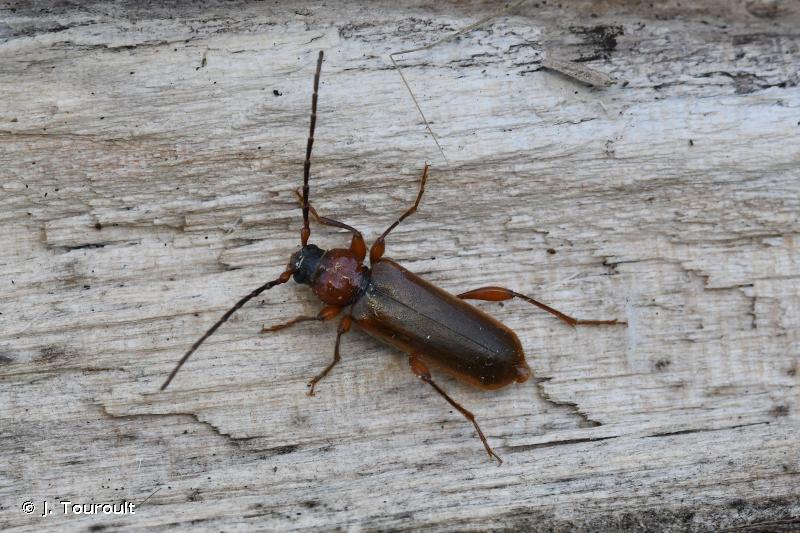
| Author : J. Touroult |
 |
To get the picture, please visit:
Julien Touroult
UMS PatriNat (AFB - CNRS - MNHN)
Muséum national d'Histoire naturelle, CP41, 36 rue Geoffroy Saint-Hilaire, 75005 Paris
Legend: Forme rougeâtre. Dordogne, sortie PatriNat 2019.
Despite the Creative Commons license, please inform the author of the use which will be made of his photo
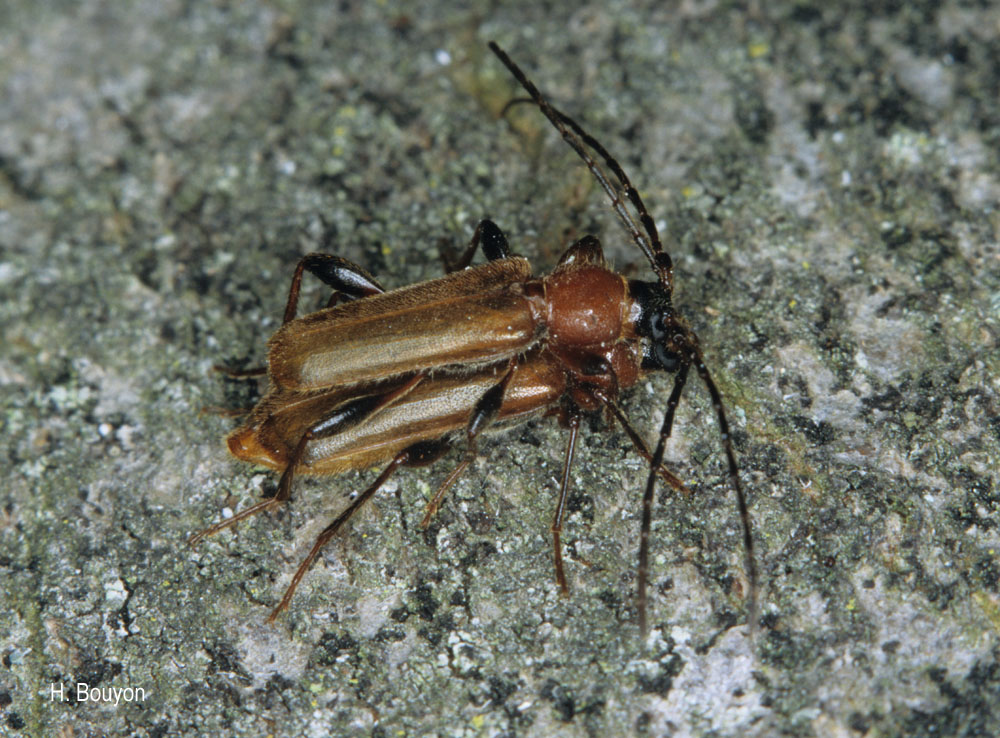
| Author : H.Bouyon |
 |
To get the picture, please visit:
Bouyon Hervé
herve.bouyon@wanadoo.fr
Any reuse of one or more photographs on this site is subject to an authorization request from the author.
Link to the Code of Intellectual Property (Legifrance)
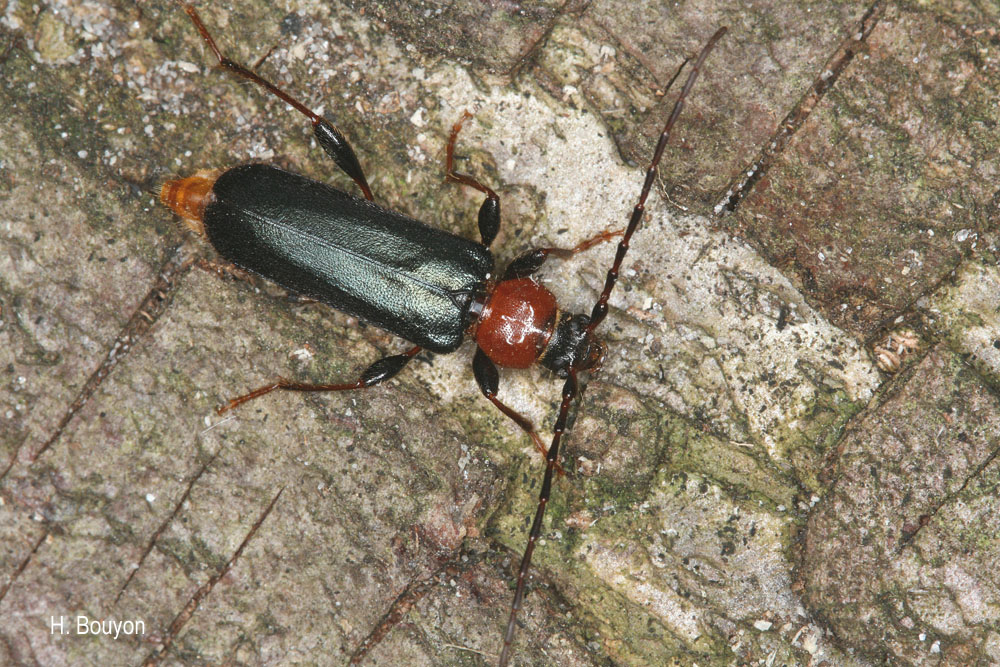
| Author : H.Bouyon |
 |
To get the picture, please visit:
Bouyon Hervé
herve.bouyon@wanadoo.fr
Any reuse of one or more photographs on this site is subject to an authorization request from the author.
Link to the Code of Intellectual Property (Legifrance)
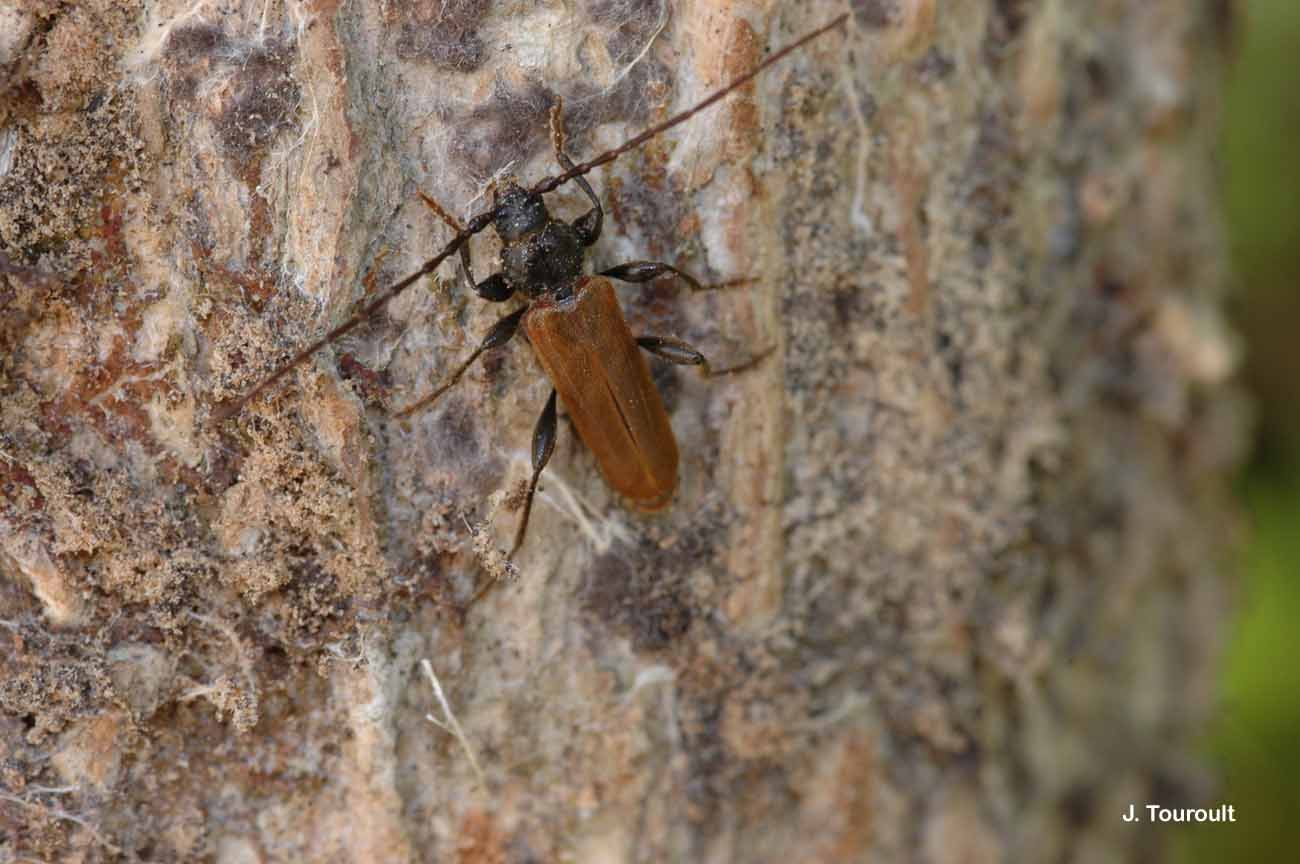
| Author : J. Touroult |
 |
To get the picture, please visit:
Julien TOUROULT
Muséum national d'Histoire naturelle - Service du Patrimoine Naturel
36 rue Geoffroy Saint-Hilaire
CP 41
75 231 PARIS CEDEX 05
e-mail : inpn@mnhn.fr
Despite the Creative Commons license, please inform the author of the use which will be made of his photo
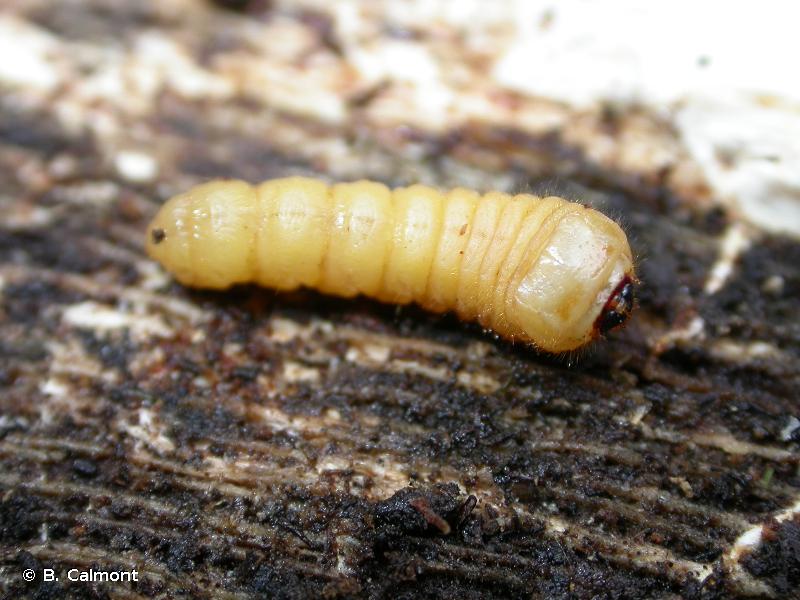
| Author : B. Calmont |
 |
To get the picture, please visit:
Benjamin Calmont
email : inpn@mnhn.fr
Legend: Larve
Despite the Creative Commons license, please inform the author of the use which will be made of his photo
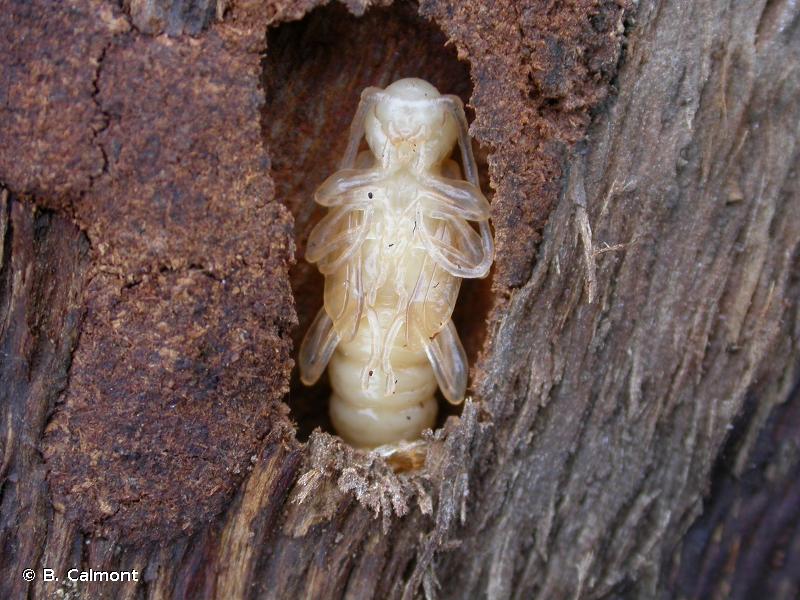
| Author : B. Calmont |
 |
To get the picture, please visit:
Benjamin Calmont
email : inpn@mnhn.fr
Legend: Nymphe
Despite the Creative Commons license, please inform the author of the use which will be made of his photo
Taille (imago) : 6-18 mm
Diagnose : Longicorne allongé, stature parallèle, antennes de longueur approximativement égale à celle du corps.Coloration très variable : entièrement jaunâtre, ou entièrement sombre, bleuté à noir, ou bicolore. Pronotum (dessus du thorax) plus large que long, avec des soies longues dressées. Tarses allongés.
Détermination : Moyennement difficile
Espèces proches :
Les formes jaunâtres ressemblent au rare Leioderes kollari mais s'en distinguent par le thorax plus large, et la stature plus courte, et les tarses fins (épais, à article II et III transverses pour Leioderes). Ressemble également à Poecilium lividum, mais ce dernier est plus grêle et présente une coloration brune.
Période d'observation : Principalement de mai à juillet, mais peut émerger plus tôt de buches conservées dans les maisons; parfois jusqu'en août.
Biologie-éthologie :
Espèce saproxylophage, qui consomme du bois mort des divers chênes et moins fréquemment de toute sorte de feuillus. La larve se développe sous l'écorce de grosses branches (typiquement 10-20 cm de diamètre) et de petits troncs. Cycle de développement de un ou deux ans. Adulte crépusculaire et nocturne. L'adulte est attiré par les pièges à appâts fermentés, ce qui laisse à penser qu'il consomme des suintements de sève.
Biogéographie et écologie :
Vaste distribution holarctique : de l'Europe à l'Afrique du Nord, jusqu'au Japon et une partie de l'Amérique du Nord. Espèce commune bien qu'assez discrète ; elle peut polluler dans certains tas de bûches. Elle vit dans les forêts feuillues, en particuliers les chênaies, et dans les bocage, en plaine et en moyenne montagne. Cette espèce est souvent déplacée jusque dans les villes via les bûches de bois de feu.
J. Touroult(UMS PatriNat (AFB - CNRS - MNHN)),2018
Continental
Metropolitan France
Overseas
Marine
Metropolitan France
Overseas
The map presents a summary at the 10 x 10 km grid of the observation data for the species transmitted to the SINP. These data have been subjected to validation filters.
The map presents a reference distribution layer of the species at the scale of departments and marine sectors. The presence and absence data were established by expertise within a network of partners. This reference distribution is used in the validation process of the SINP data at the INPN level.
Corresponds to a report on the basis of at least one observation proved within a period of 10 years (20 years for little-known invertebrates) preceding the year and no presumption of extinction since obtaining the last data nor doubt on reproductive and implemented nature of this population. For migratory species, the presence indicated concerns areas of reproduction.
This status is based on one or more of the following criteria:
This point covers the absence, more difficult by nature to demonstrate than presence. This status is based on one or more of the following criteria:
This status must be assigned to a department in which the presence of the species is casual.
Particular case of absence due to a proven extinction less than a half century ago (older disappearances are treated as "no probable or definite").
In the state of knowledge, we can not comment on the presence or absence in the current department. This is the default status when not comprised in one of the previous categories or whenever there is doubt.
The map shows the global distribution of the species based on GBIF data (Global Biodiversity Information Facility).
